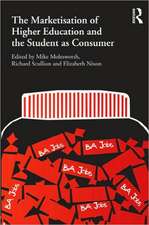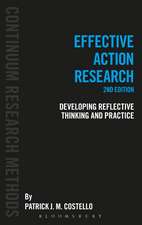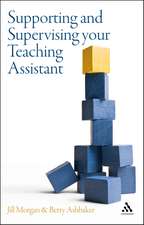Symbolic Clothing in Schools: What Should be Worn and Why
Autor Dr Dianne Gereluken Limba Engleză Paperback – 29 mai 2008
Preț: 221.46 lei
Preț vechi: 256.41 lei
-14% Nou
Puncte Express: 332
Preț estimativ în valută:
42.39€ • 46.06$ • 35.63£
42.39€ • 46.06$ • 35.63£
Carte tipărită la comandă
Livrare economică 21 aprilie-05 mai
Preluare comenzi: 021 569.72.76
Specificații
ISBN-13: 9780826497666
ISBN-10: 0826497667
Pagini: 144
Dimensiuni: 138 x 216 x 12 mm
Greutate: 0.21 kg
Editura: Bloomsbury Publishing
Colecția Continuum
Locul publicării:London, United Kingdom
ISBN-10: 0826497667
Pagini: 144
Dimensiuni: 138 x 216 x 12 mm
Greutate: 0.21 kg
Editura: Bloomsbury Publishing
Colecția Continuum
Locul publicării:London, United Kingdom
Caracteristici
The implications from the author provide principles that will assist in setting some general parameters that might be acceptable to all.
Cuprins
Introduction1. What not to wear: Dress Codes and Uniform Policies in Schools2. Banning Ostentatious Religious Symbols in France3. Limiting Free Speech in the United States4. Sikh Daggers and Canadian Schools5. Religious Symbolic Clothing in England6. A Red Herring in the Closet? 7. Conclusion
Recenzii
"I believe the book makes a valuable contribution to the literature and will be particularly valuable in introducing both practitioners and the public to the nuances of this important issue." Alan Sears, The authors Journal Compilation 2009
















